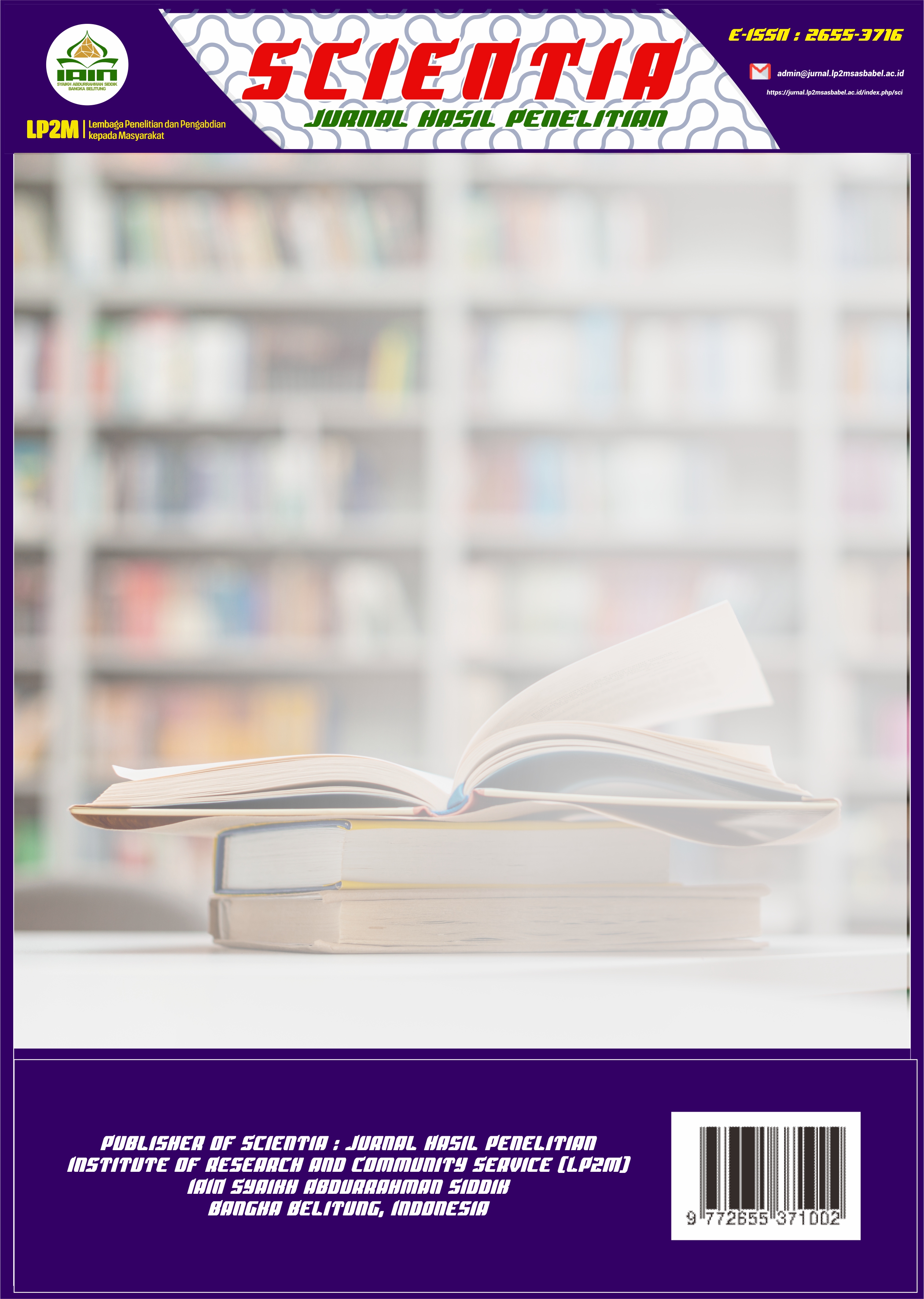Language Learning Beliefs of High School Students In Bangka Belitung
Abstract
Learning a foreign language is generally one of the most challenging subjects in high school. This study discussed the beliefs of foreign language learning of high school students in Bangka Belitung, Indonesia, who planned on learning Arabic and Japanese, especially the prevalence of beliefs among different classes of learners (Arabic, Japanese and mix class) and between female and male students. The result of this study suggested that there were differences of the responses to the inventory among classes and gender but they were not significant. The students responded five aspects concerning the beliefs and they had the highest scores in Motivations and Expectations, especially the mix language class. Furthermore, female students had more positive opinion about foreign language learning, which matched some previous studies revealing that female learners were better than males in language learning.
Downloads
References
Abdolahzadeh, E. & Nia, M. R. (2014). Language learning beliefs of Iranian Learners: Examining the Role of English Language Proficiency. Procedia Social and Behavioral Sciences. Vol. 98.
Altan, M. Z. 2006. Beliefs about Language Learning of Foreign Language-Major University Students. Australia Journal of Teacher Education. Vol. 31, No. 2.
Ariogul, S., Unal, D. C., & Onursal, I. 2009. Foreign Language Learners’ Beliefs about Language Learning: A Study on Turkish University Students. Procedia Social and Behavioral Sciences. Vol. 1.
Ary, D., Jacobs, L. C., & Sorensen, C. 2010. Introduction to Research in Education. Belmont, CA: Wadsworth.
Brown, H. D. 2002. Principles of Language Learning and Teaching. New York: Pearson Education.
Champagne, C. M. 1980. La Composante Phonetique dans les Cours de Francais Langue Seconde. MA Thesis. In Horwitz, E. K. 1988. The Beliefs about Language Learning of Beginning University Foreign Language Students. The Modern Language Journal, Vol. III No. 72.
Ellis, R. 2003. Introduction to Language Study: Second Language Acquisition. Oxford: Oxford University Press.
Holec, H. 1987. The Learner as Manager: Managing Learning of Managing to Learn? Learner Strategies in Language Learning. Ed. Anita Wenden & Joan Rubin. Englewood Cliffs, NJ: Prentice –Hall.
Horwitz, E. K. 1988. The Beliefs about Language Learning of Beginning University Foreign Language Students. The Modern Language Journal, Vol. III No. 72.
Johari, A. et al. 2017. Language Beliefs among Adult Learners: Individual Differences. International Journal of Education. Vol. 10, No. 1.
Naiman, N., Frohlich, M., Stern, H. & Todesco, A. 1978. The Good Language Learner. Toronto: Ontario Institute for Studies in Education. In Holec, H. 1987. The Learner as Manager: Managing Learning of Managing to Learn? Learner Strategies in Language Learning. Ed. Anita Wenden & Joan Rubin. Englewood Cliffs, NJ: Prentice –Hall.
Oxford, R. 1990. Language Learning Strategies: What Every Teacher Should Know. Boston: Heinle & Heinle Publishers.
Richardson, V. 1996. The Role of Attitudes and Beliefs in Learning to Teach. Research Gate. In Sikula, J. (Ed.). 1996. Handbook of Research on Teacher Education (2nd Edition). New York: MacMillan.
Rieger, B. 2009. Hungarian University Students’ Beliefs about Language Learning: A Questionnaire Study. WoPaLP. Vol. 3.
Zare-ee, A. 2010. Associations between University Students’ Beliefs and Their Learning Strategy Use. Procedia Social and Behavioral Sciences. Vol. 5.
Copyright (c) 2019 Ihda Husnayaini

This work is licensed under a Creative Commons Attribution 4.0 International License.
Authors who publish journals in Scientia: Jurnal Hasil Penelitian agrees with the following conditions:
1. Authors retain copyright and grant the journal right of first publication with the work simultaneously licensed under a Creative Commons Attribution 4.0 International License.
2. Authors are able to enter into separate, additional contractual arrangements for the non-exclusive distribution of the journal's published version of the work (e.g., post it to an institutional repository or publish it in a book), with an acknowledgement of its initial publication in this journal.
3. Every publication (printed/electronic) are open access for educational purposes, research, and library. Other than the aims mentioned above, the editorial board is not responsible for copyright violation.











